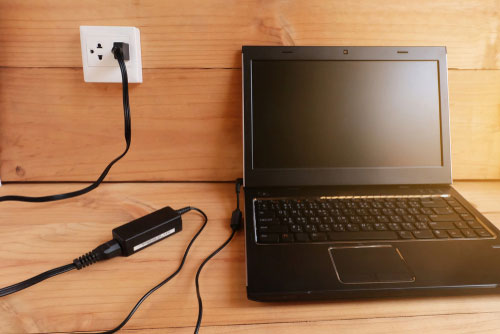

There may also be a "smart battery" set of connections following the SMBUS smart battery specification protocol - DATA, CLOCK, GROUND. 10C to +45C or whatever, and the powered circuit should use that thermistor sense connection to verify that the cells aren't outside of those temperature ranges at all times when the pack is to be used. Charging or discharging should not be done outside of the listed operating range, e.g. You'll have a pack positive power connection, a pack negative power connection, and usually one or two connections for a NTC thermistor which is mounted adjacent to the cells for the purpose of monitoring the pack core temperature. 15V) and divide by 3, or 4, or 5 and you get a voltage that's close to 3.75V or 4.20V after the division, that'll tell you the number of series cells in the pack due to each series cell being listed with that nominal voltage value and the pack voltage being the multiple of so many series connected cells. Generally if you take the nominal listed battery voltage (e.g.

A 5S1P or 4S2P or 3S1P pack configuration isn't impossible. So a 4S1P pack will have 4 series connected elements with each element having 1P or 1 cells in parallel. The pack will contain some number of series connected cell groups and each of those cell groups will have one or more cells in parallel at each stage. Typically you'd charge such a lithium ion cell to a maximum of 4.20VDC with a more conservative end of charge voltage being in the ballpark of 3.75V DC.


The pack should be labelled or documented with its nominal DC output and/or charging voltage, nominal current ratings for discharge and/or charge, and similar usage information such as temperature limits et. In general most laptops will use lithium ion cells similar to the 18650 type in the battery pack. The pinout and charging requirements vary significantly depending on the particular series of battery and laptop involved. Look for a FAQ or pinout information online that pertains to the specific series of battery / laptop that is to be involved.


 0 kommentar(er)
0 kommentar(er)
